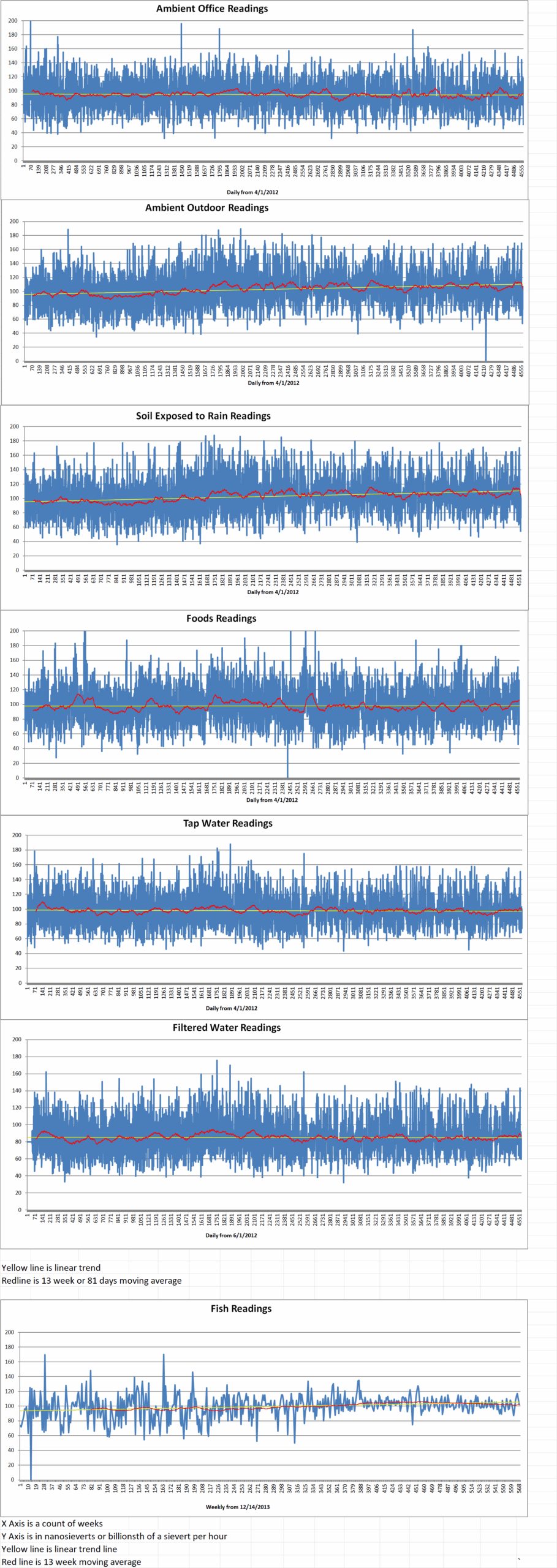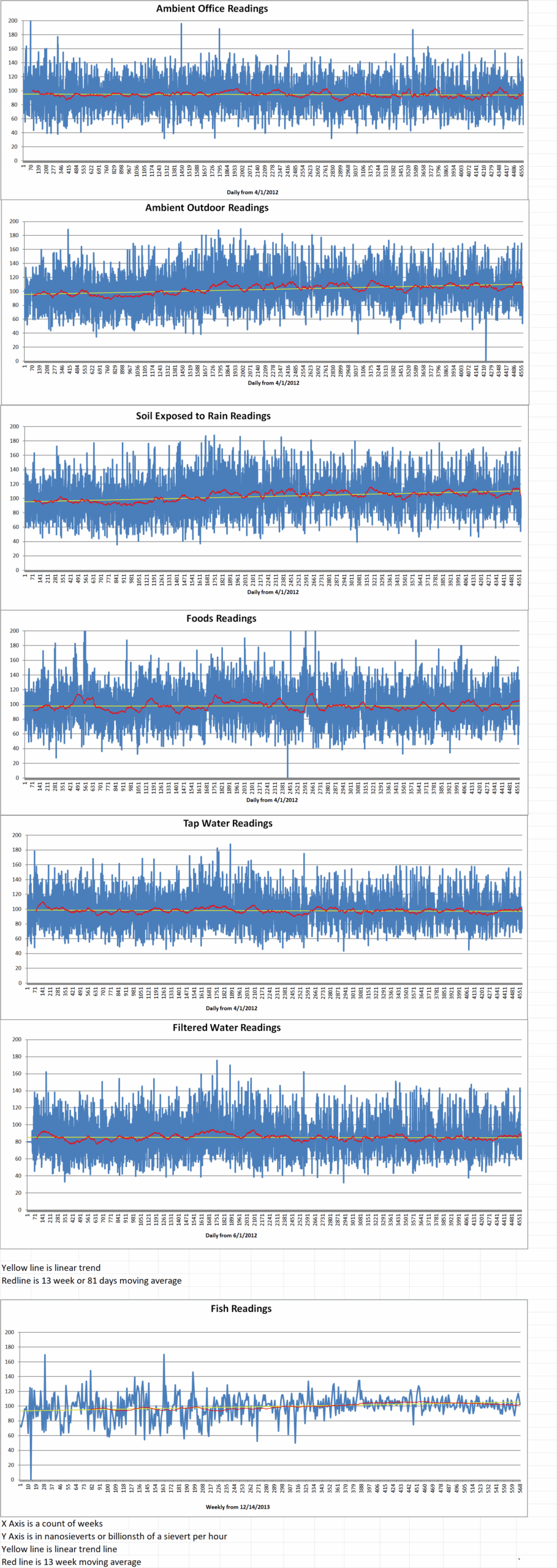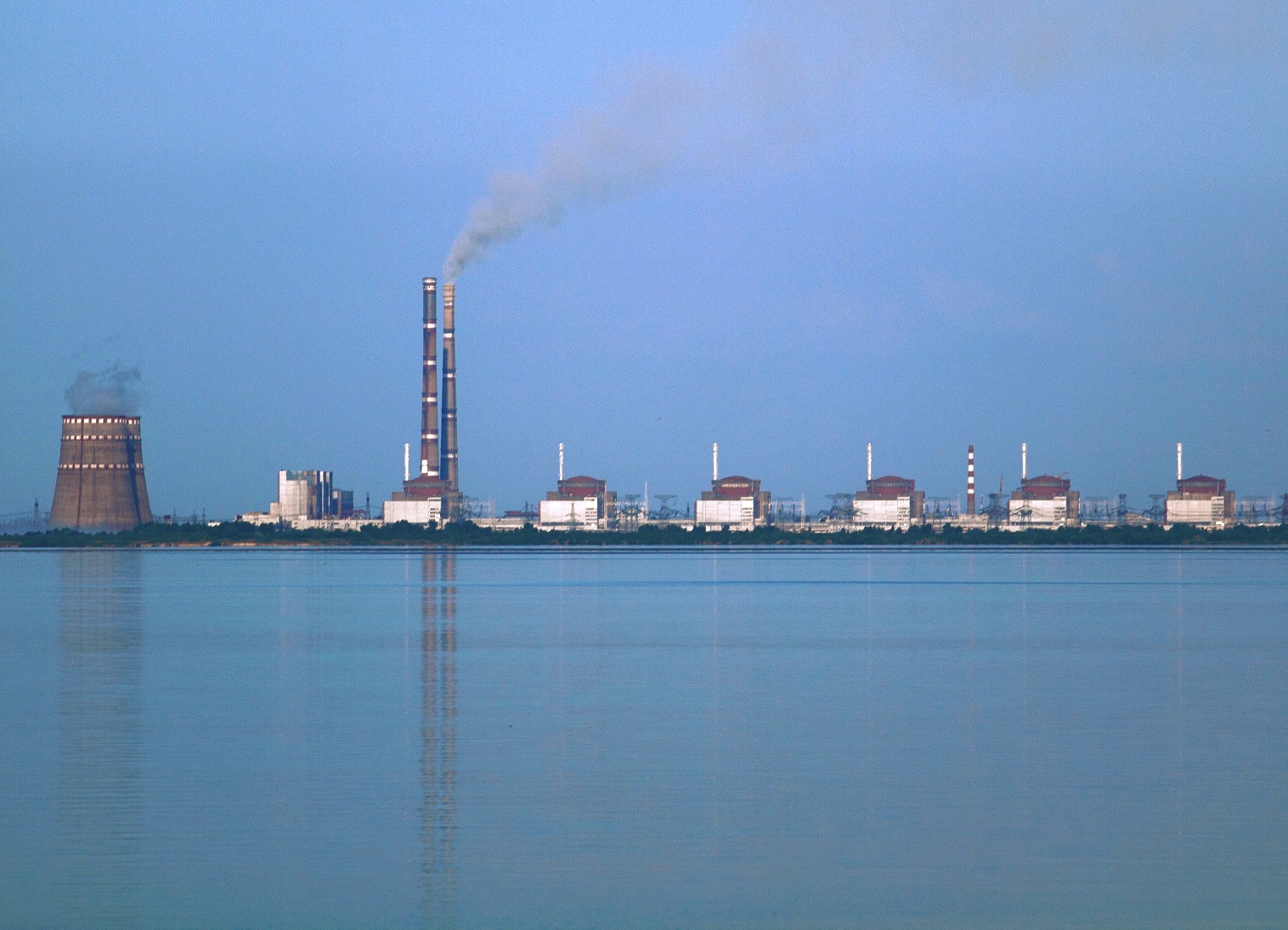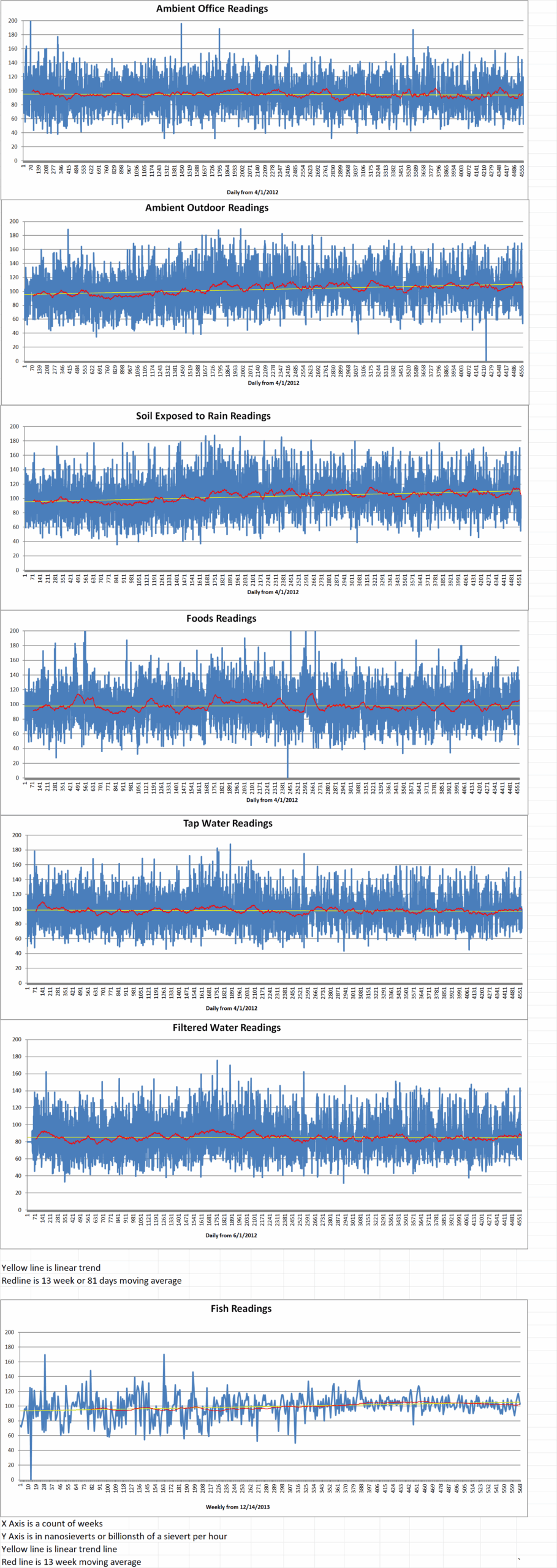Following an earlier funding round, France’s EDF and private equity specialist Siparex have announced a second round of funding to strengthen strategic companies in the country’s nuclear industry supply chain.
The first round of financing was known as the Fonds France Nucléaire (FFN). It was launched in October 2021. When that round concluded at the end of 2024, one hundred and twelve million dollars had been investments in eleven nuclear companies, with contributions from EDF, Framatome, Orano, TechnicAtome, major clients in the nuclear industry, as well as Siparex Associés, sponsor of the Siparex Group funds.
A second round of funding is named Fonds France Nucléaire 2 (FFN2). It has just been launched as a continuation of FFN with the target of raising EUR300 million.
EDF said, “The aim of FFN2 is to support SMEs and mid-sized companies with significant expertise in the nuclear sector, in order to address the growing needs of the sector, which contributes to the challenges of energy sovereignty and defense. The FFN2 aims to invest tickets up to EUR50 million, alone or in co-investment, in a majority or minority position.”.
EDF also said that FFN2 will bring together new leading institutional, industrial, and private investors “seeking to invest in the challenges of industrial and energy sovereignty, reindustrialization, and the decarbonization of the economy, and benefit from the associated strong momentum. Indeed, with more than 2000 companies and 220,000 employees contributing to the economic vitality of the regions, the French nuclear industry is the third-largest industrial sector in France”.
EDF noted that the FFN2 fund has already made its first investment in the Ekoscan Integrity Group which is a global provider of advanced non-destructive testing solutions for critical industrial and infrastructure applications, along with the company’s founder and management team, Eurazeo, and ALIAD (Air Liquide Venture Capital).
Benoit Desforges is a Managing Partner at Fonds France Nucléaire. He said, “The establishment of the Fonds France Nucléaire 2 is in line with what the first fund successfully implemented, demonstrating the value of targeting both strategic objectives for industry players and financial performance objectives. I am very pleased to see the industry’s major clients subscribing to the FFN2 alongside EDF, and to see institutional investors joining them, thus strengthening the support system as well as the investment capacity.”.
Xavier Ursat is the Executive Director of the EDF Group, in charge of the Strategy, Technologies, Innovation and Development Department. He added, “With the Fonds France Nucléaire 2, the objective is to prepare for the future by working alongside companies in the nuclear sector and giving them the means today to develop, innovate and gain sovereignty.”.
In February 2022, French President Emmanuel Macron announced that the time was right for a nuclear renaissance in France. He said that the operation of all existing reactors should be extended without compromising safety. He unveiled a proposed program for six new EPR2 reactors, with an option for a further eight EPR2 reactors to follow. The first three pairs of EPR2 reactors are to be constructed, in order, at the Penly, Gravelines and Bugey sites. Construction is expected to start in 2027.
Électricité de France






